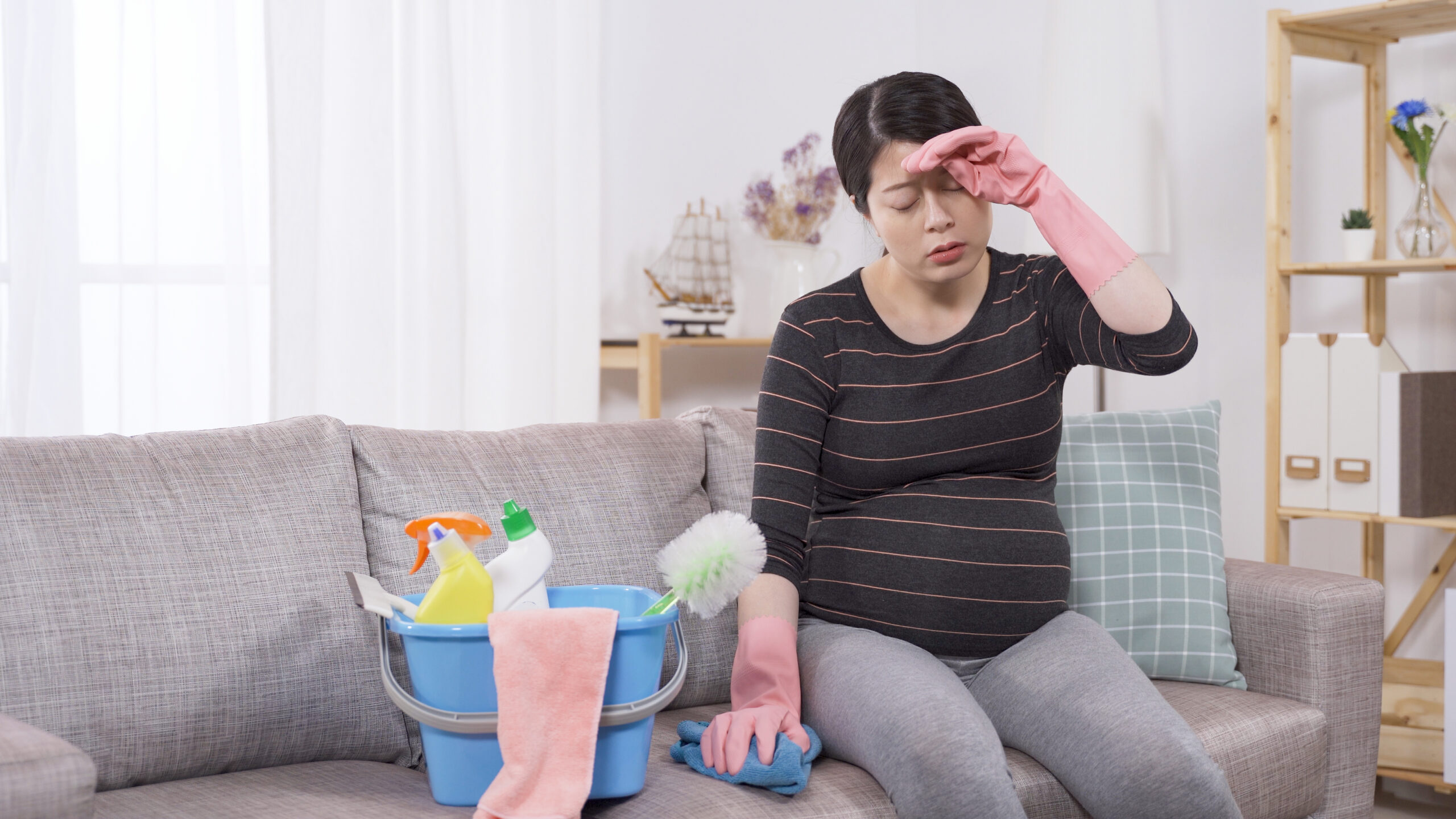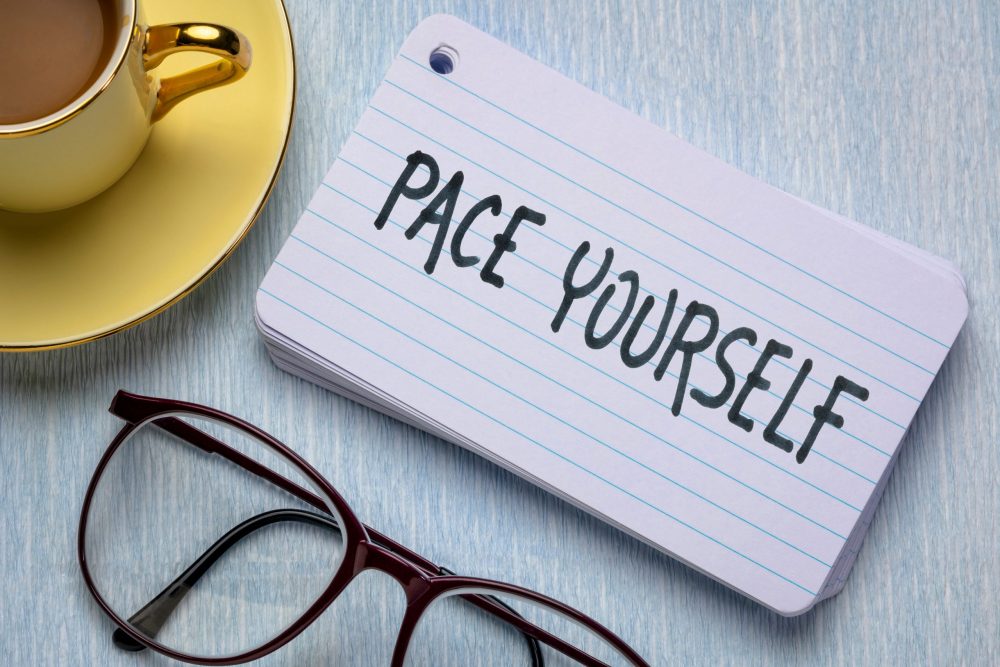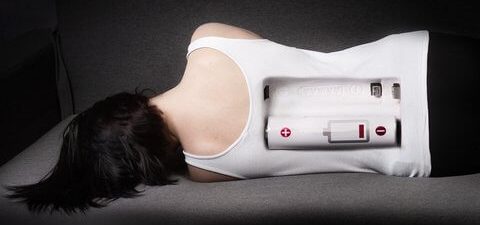Now live! RTHM Direct – simplified medication access for Long COVID, ME/CFS and related conditions. Check it out
If you do a simple search on Long COVID and exercise, you will undoubtedly return mixed results that show exercise can help or worsen your Long COVID symptoms. So, what is the real answer? While exercise has always been promoted for good health, and with good reason, it is not always the best medicine for people recovering from a viral infection, such as COVID. In fact, pushing to recover from an acute COVID infection can trigger Long COVID, and continuing to exercise can often worsen Long COVID symptoms. But how does exercise play a role in worsening symptoms? How do you know when you can exercise? Is there a better way to manage symptoms without “pushing through?”
Outdated Treatment Recommendations May Cause More Harm
The debate on exercise for viral-associated illness was highlighted over the last few years with the promotion of graded exercise therapy (GET) for people with myalgic encephalomyelitis/chronic fatigue syndrome and the worsening of their symptoms, sometimes over the long term.
The PACE trial claimed that graded exercise therapy, where patients pushed through symptoms to meet specific benchmarks for activity, significantly improved symptoms. After this trial, GET became the standard treatment protocol for ME/CFS patients in the UK, leading many to experience symptoms worsening and, in severe cases, becoming bedbound.
In 2016, a Freedom of Information Act request was granted and full access to the data of the PACE trial was published. This showed that there were flaws in the trial — including reducing requirements for recovery such that a percentage of patients were considered “recovered” at the start of the trial. This new data showed that GET did not provide significant improvements and, by 2021, the use of GET was no longer recommended for those with ME/CFS in the UK — these recommendations had been removed from CDC recommendations years before. Unfortunately, by this time the damage was already done, with many physicians continuing to promote GET as the treatment standard.
GET and Long COVID
The main diagnostic criterion for ME/CFS is called post-exertional malaise (PEM). This refers to the worsening of symptoms after physical, mental, or emotional exertion. When those with PEM push past their energy envelope, such as with exercise, they experience symptoms worsening, often leaving them bedbound for days or longer.
So, what does this have to do with Long COVID? Many with Long COVID are experiencing this same PEM, and nearly 50% of people with Long COVID are meeting the diagnostic criteria for ME/CFS. For these Long COVID patients, exertion causes symptoms to worsen or new symptoms to develop. While researchers have identified this Long COVID-associated PEM, many physicians continue to follow the old recommendations of exercise for recovery instead of the recommended pacing now standard for both ME/CFS and Long COVID.
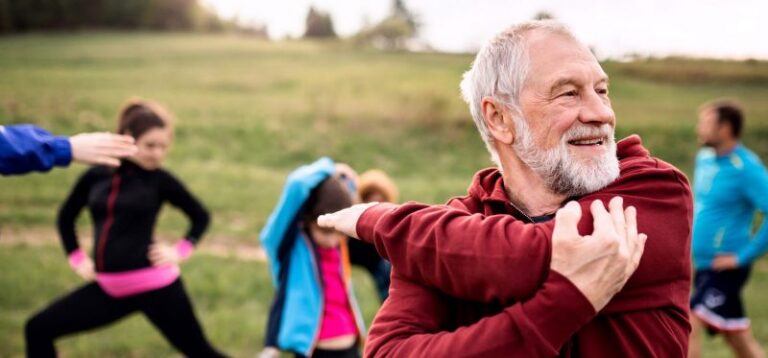
In fact, a recent article in the International Journal of Environmental Research and Public Health shared, “While pacing is recommended to individuals with Long COVID, it was only the 4th most recommended strategy by healthcare providers. In contrast, GET was the 2nd most recommended strategy. The NICE guidelines on CFS have recently been updated and no longer recommend GET due to its potential to worsen symptoms. Given GET may also worsen Long COVID symptoms, participants are potentially receiving harmful recommendations from healthcare providers about how to be physically active.”
Unfortunately, previously false information from the PACE trial continues to contribute to poor healthcare guidance and symptom worsening not only for those with ME/CFS but also for those fighting Long COVID.
Post-Exertional Malaise (PEM) and Post-Exertional Symptom Exacerbation (PESE)
The definition of post-exertional malaise (PEM), also known as post-exertional symptom exacerbation (PESE) or post-exertional neuroimmune exhaustion (PENE), is the often-delayed worsening of symptoms after minimal physical, mental, or emotional activity. These symptoms can include debilitating fatigue, body pain, muscle weakness, and cognitive dysfunction. Symptoms often appear 24 hours after physical or mental activity, but the symptoms are not in proportion to the activity. For example, you may feel good today and decide to go for a walk around the block. You feel fine afterward but when the next day hits, you are overwhelmed by symptoms.
For a more in-depth look at PEM, click HERE.
How Pacing Provides a Treatment Alternative
First developed by psychologist Ellen Goudsmit in 1989, pacing is an activity management strategy designed to help those with PEM remain as active as possible while remaining within their individual energy envelope, helping to avoid the worsening of symptoms.
Overexertion Is Not Limited to Physical Activity
Before we go into pacing, it is important to understand that triggers associated with PEM are not limited to physical and mental exertion. When implementing pacing into your daily routine, it is important to consider all the potential triggers that can be affecting your symptoms.
Aside from physical or mental exertion, other common triggers for PEM can include:
- Sensory overload – this can include everything from too much noise, light, vibrations, or movement.
- Emotional stress – can include everything from helping others deal with their feelings, a death in the family, relationship issues, and more.
- Weather changes – changes in seasons and temperature, and air pressure can be enough to put additional stress on the body.
- Exposure to chemicals or environmental toxins – This can include everything from your favorite perfume or cologne to cleaning products and the presence of mold.
- Medications – Changes in your daily medications, including supplements, can put additional stress on the body, triggering your PEM.
For more in-depth information on pacing and PEM, visit MEAction’s Pacing and Management Guide for ME/CFS
Pacing Helps Prevent Crashing
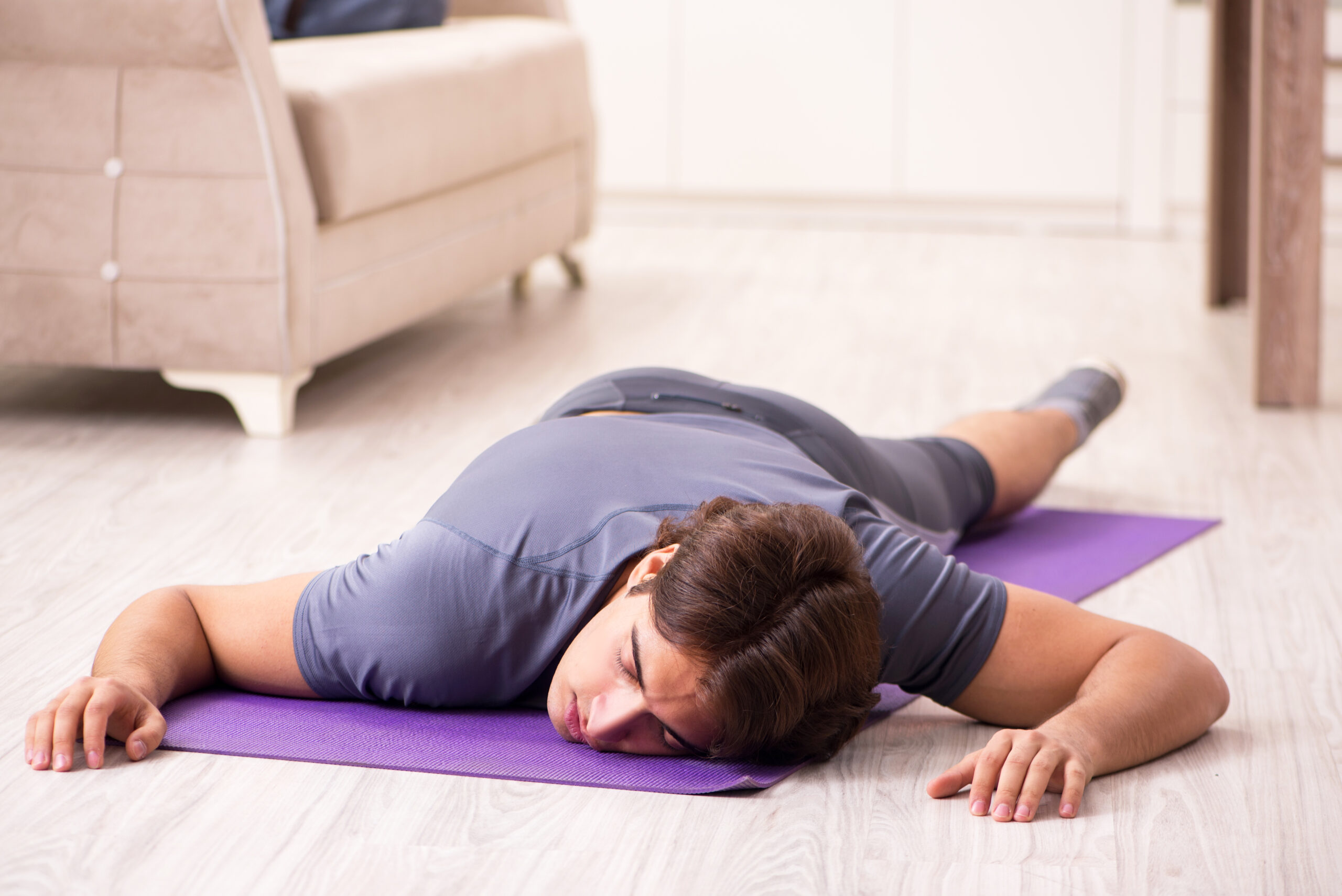
After a viral illness, such as COVID-19, it is common to want to push yourself to return to normal after the initial symptoms resolve. Unfortunately, this pushing has now been linked to the development of Long COVID and, in cases where Long COVID is already present, the worsening of symptoms.
Stop. Rest. Pace. These are three keywords associated with pacing and are essential to help those with ME/CFS and Long Covid avoid the common push and crash or boom and bust that is associated with both conditions. While it may seem “normal” to push yourself during recovery, in this case, that eagerness to get back to your normal routine may, in fact, make things worse.
When implementing pacing, you must begin by determining your energy envelope. Through daily journaling of your activities and symptoms, you can begin to see a pattern of what works and what doesn’t. This journaling shows which activities result in worsening symptoms and you are able to adjust those activities to stay within your envelope. For example, if you find that a full day of laundry is too much on your body and results in being stuck in bed the following day, you can split up your laundry with rest in between or even over a few days.
For a more in-depth look at pacing, including tips on how to implement pacing into your daily routine, click HERE.
Learning To Listen to Your Body Is Essential
Whether you are just recovering from an acute case of COVID or have already been diagnosed with Long COVID, learning to listen to your body is essential! If you feel as though you are doing too much, you likely are and it is time to stop and allow your body to rest. While the team of medical professionals at RTHM understands PEM and the importance of pacing, you may find other medical professionals that still promote GET and pushing through your recovery. It’s important to find a provider who understands Long COVID and the treatment protocols that work best to promote quality of life and daily activity without worsening your symptoms and leading to more severe disease and complications.
To learn more about how the team at RTHM can help you, book a free discovery call today.

Get updates
Join our mailing list
